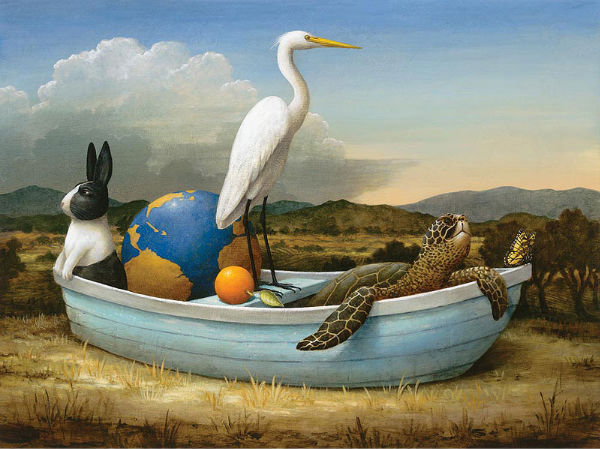Images:
The images below have been sourced from Shutterstock.com, and would be used as applications for the logo I will create.
To purchase these images Shutterstock.com has given me a number of different liscencing options. If i wish to use the image for a limited audience, I can buy a five image plan for $45 AU dollars. This allows me access to 5 images off the website in high resolution.
In using these images I am agreeing to the contract of use put in place by shutterstock.com. Some key terms that i have to ad-hear to are:
- I can apply the images (on a limited licence, which I am on) to a medium which can be viewed by up to 250,000 people. No more.
- In displaying the images on the web, the images must be no bigger than 800x600 pixels.
- The images can not be used in a bad/ offensive light, such as: A strip club, or by a politician.
Font:
The font that may be used in my logo creation have been sourced from fontfont.com.
In purchasing this font, I am given a number of options for buying. For $26 I can buy a single weight of the font from the set. It will be liscenced to be used by up to 5 people. For $115 I can but the entire set of three fonts, also to be used by up to five people.
Some terms and conditions that I must ad-hear to in using the fonts are:
- I can give the font to five other people in my geographic location (eg, studio) to use.
- If the font does not perform as expected, I can get a refund.
- I can not transfer my liscence to the font.




























